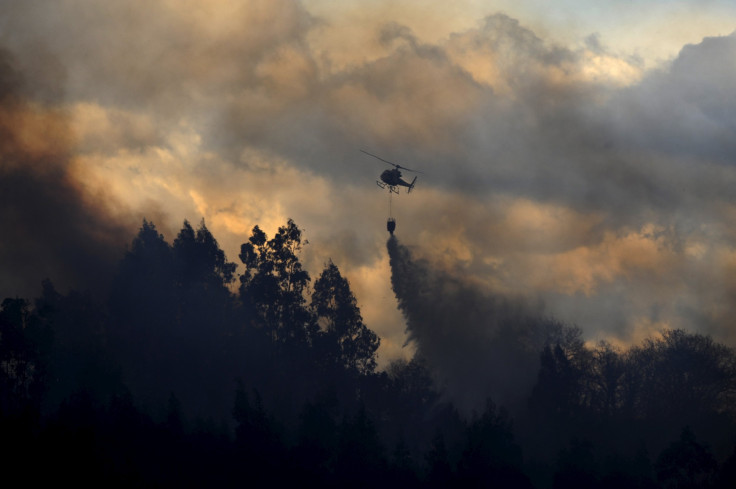Climate Change: 2015 Was The Hottest Year On Record, And This Year Is Likely To Be Even Hotter

It’s official. 2015 was the planet’s hottest year on historical records dating back to 1880, shattering the previous mark set in 2014 by 0.13 Celsius (0.23 degrees Fahrenheit), scientists at NASA and the National Oceanic and Atmospheric Administration (NOAA) confirmed Wednesday.
The latest data provides further evidence that most of the warming due to climate change — driven largely by human-made greenhouse gas emissions — has occurred in the past 35 years, with 15 of the 16 warmest years on record occurring since 2001. However, last year was the first time the global average temperature was 1 degree Celsius (1.8 degrees Fahrenheit) or more above the pre-industrial average, NASA said, in a statement released Wednesday.
This means that the planet is already halfway toward the internationally-accepted redline of a 3.6 degrees Fahrenheit rise in average global surface temperatures above the pre-industrial levels.
“The reason why this is such a warm record year is because of the long-term warming trend, and there is no evidence that that warming trend has slowed, paused, or hiatused at any point in the last few decades,” Gavin Schmidt, director of NASA’s Goddard Institute for Space Studies, reportedly said, referring to the widely-refuted idea of a so-called global warming hiatus between 1998 and 2013.
When temperatures are averaged at a global scale, the differences between years are measured in fractions of a degree. According to the NOAA, 2015 was 0.29 degrees Fahrenheit warmer than 2014 — the largest yearly jump ever. NASA, which used the same raw temperature data, but different methods to analyze Earth’s polar regions and global temperatures, calculated a slightly smaller figure of 0.23 degrees Fahrenheit — the largest yearly jump since 1998.

“2015 was remarkable even in the context of the ongoing El Nino,” Schmidt said, in the statement. “Last year’s temperatures had an assist from El Nino, but it is the cumulative effect of the long-term trend that has resulted in the record warming that we are seeing.”
The El Nino weather pattern is a natural cycle of warming in the Pacific Ocean that heats up the ocean surface in the region every two to seven years and has a wide-ranging impact on global temperatures. Given that the strong El Nino, which contributed toward making 2015 a year of extremes — from floods in the U.K. to record-breaking temperatures over the Christmas holiday in the U.S. — has continued into 2016, this year could set another global temperature record, with anthropogenic climate change spurring the vast majority of global warming and El Nino putting “the icing on the cake.”
“In December and recent months in the autumn, records were broken by a substantial margin - much stronger than what we had seen earlier in the year. And it's going to be very difficult for that not to continue into at least the first part of next year because, in particular, the ocean temperatures are so warm,” Thomas Karl, director of the NOAA’s National Centers for Environmental Information, told the BBC.
© Copyright IBTimes 2025. All rights reserved.






















